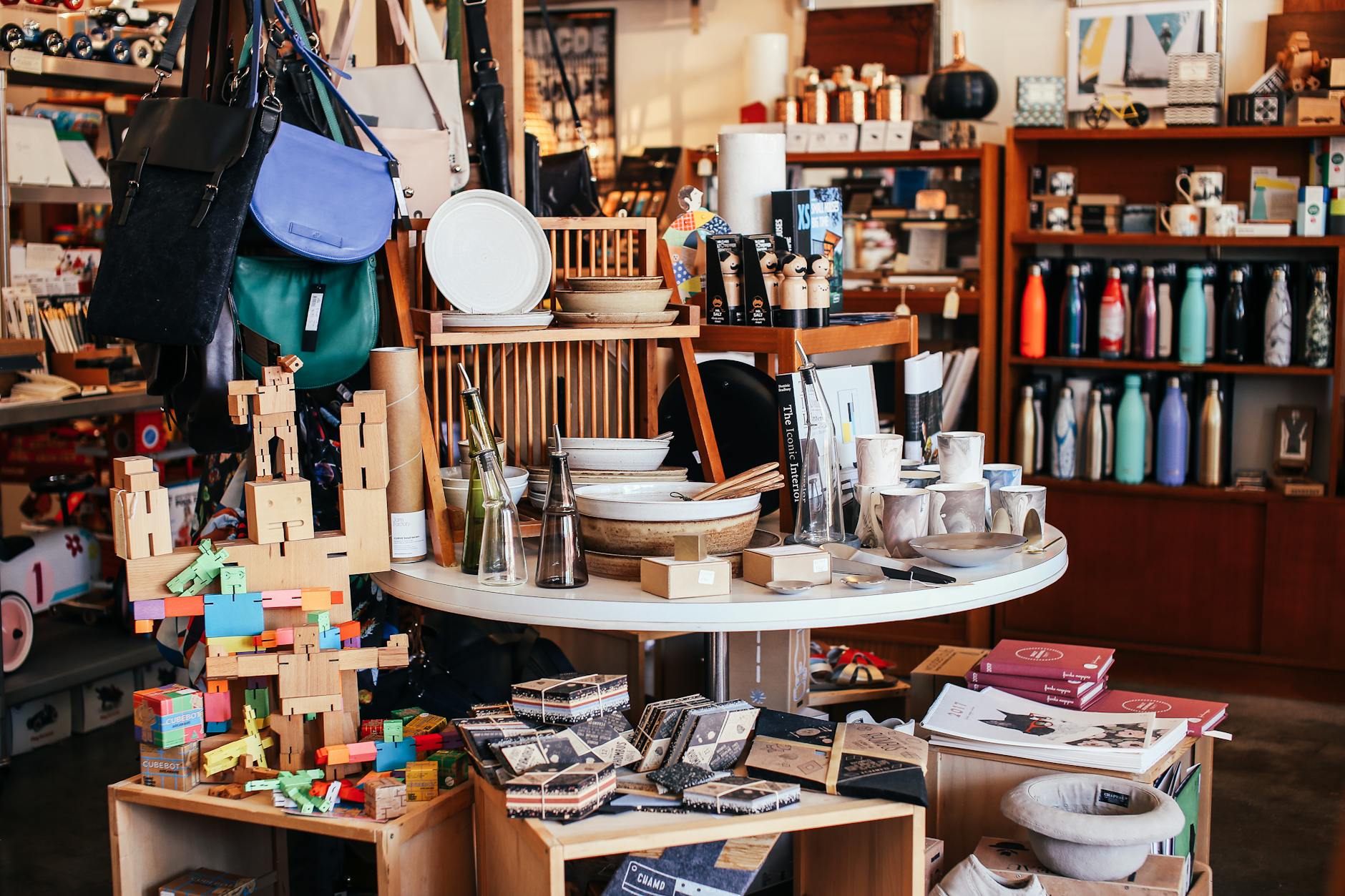How to Integrate Sustainable Audio Solutions for Events in Australia

Choosing Sustainable Audio Equipment
When it comes to championing sustainability, selecting the right audio equipment is paramount for those of us working within the conservation field here in Melbourne. As we strive to make a minimal environmental impact in our professional endeavours, it's inspiring to consider how even our choice of sound systems can play a role. For example, a recording microphone offers more than just pristine sound; second-hand options can reduce waste and promote a circular economy. Being located near landmarks like the Royal Botanic Gardens, it's hard not to think about the interconnectedness of our decisions and the environment.
Then there's the universal remote, a device I find highly useful for community events, enabling seamless, efficient operation of audio-visual setups. Versatile enough to control multiple devices, it reduces the need for additional equipment, aligning with our goals to minimise waste and optimise resources. By doing so, we harness control and efficiency while keeping our ecological footprint in check.
Finally, as we continue to explore varied equipment, it’s essential to consider how we can integrate more sustainable practices into our audio setups. From choosing energy-efficient components to exploring renewable energy applications, every decision drives us closer to solutions that mix practicality with eco-consciousness.
Setting Up Eco-Conscious Systems
Solar-Powered Options
Incorporating solar energy into your event setups can be a significant step towards sustainability. Solar-powered audio systems not only reduce reliance on traditional energy sources but also minimise your carbon footprint. Leveraging methods inspired by initiatives at the Melbourne Zoo's conservation programs, consider installing PTZ cameras powered by solar panels. These allow for live streaming and event recording without depleting natural resources. Solar power is a perfect match for open-air events, harnessing Melbourne’s abundant sunshine to power your equipment sustainably.
Energy-Saving Amplifiers
Choosing energy-efficient amplifiers is another way to minimise energy usage while maintaining high-quality audio. These amplifiers use advanced technology to provide clear sound with less power. Drawing inspiration from sustainable markets at Queen Victoria Market, select amplifiers designed with low-power standby features, ensuring they consume minimal energy when not in active use. This not only supports sustainability goals but also helps manage budget constraints, a common concern when balancing cost with green tech needs.
Wireless vs Wired Systems
Deciding between wireless and wired systems requires careful consideration of both environmental and logistical factors. Wireless systems offer flexibility and ease of installation, reducing the need for extensive cabling, which can be difficult to recycle. On the other hand, wired systems are often more reliable and consume marginally less power. When planning an event, weigh these aspects carefully. Consider using a motorised projector screen alongside your audio setup for dynamic presentations, integrating seamlessly with either system while adhering to sustainable practices.
Implementing Green Practices
Minimal Resource Usage
Adopting practices that focus on minimal resource usage is crucial for fostering sustainability in audio setups. To achieve this, consider selecting equipment that supports low energy consumption, such as compact loudspeakers designed for high efficiency. These devices not only consume less electricity but also preserve sound quality, aligning well with environmentally conscious goals. Furthermore, using devices that require fewer resources can lead to significant cost savings over time.
Compact System Design
When setting up your audio-visual systems, focus on solutions that offer a compact design. These systems typically use fewer materials, thus reducing their environmental footprint. By optimising your setup to fit within the constraints of space and materials, you also contribute to more sustainable practices. Compact systems are easier to transport and store, which comes in handy during events like those at the Melbourne Zoo's conservation programs, where portability and minimal setup can be essential.
Sustainable Maintenance
Sustainable maintenance is another key component of environmentally friendly audio experiences. Regular check-ups can ensure that your systems continue to perform efficiently, using appropriate audio-visual accessories like AV cables that are durable and eco-safe. As you maintain your equipment, focus on eco-friendly cleaning and repair methods that extend the lifespan of your audio-visual systems without compromising the integrity of the components. This approach promotes longevity and reduces waste, each playing an essential role in a sustainable journey.
Checklists for Sustainability
Equipment Sourcing
As you explore options for sustainable audio solutions, prioritising responsible equipment sourcing is vital. Begin by compiling a list of suppliers who offer eco-friendly products like acoustic panels that enhance sound quality while minimising environmental impact. Consider opting for manufacturers that employ sustainable materials and transparent production processes. Check for certifications that verify their commitment to the environment, such as ISO 14001 or other recognised eco-labels. This approach to sourcing doesn't just benefit the planet but aligns closely with the ethos of places like the Royal Botanic Gardens, which focus on ecological integrity.
Consumption Monitoring
Understanding and monitoring the energy consumption of your audio systems can significantly contribute to sustainability. Start by assessing the power usage of each component, such as amplifiers and hearing loop systems. Making small adjustments, like using devices with energy-saving features, adds up over time. Use tools or software that can track usage patterns, helping you identify areas where efficiency can be improved. This mindfulness not only conserves energy but also plays into sustainable practices akin to those seen at Queen Victoria Market's eco-friendly events.
Waste Reduction
An essential aspect of sustainable audio management is minimising waste. Implement strategies to reduce, reuse, and recycle audio components whenever possible. Consider refurbishing older equipment instead of discarding it, as this can extend its life and prevent unnecessary landfill contribution. Encourage practices within your team or organisation that support this ethos, reflecting the conservation efforts found in the Melbourne Zoo's programs. By managing waste effectively, you contribute to a healthier environment and support broader sustainability goals.
Tackling Sustainability Challenges
Navigating Resource Constraints
In my journey through the vibrant city of Melbourne, I've learned that sustainability can sometimes feel like a challenge, similar to the intricate ecosystem of the Royal Botanic Gardens. Limited resources often pose difficulties in executing sustainable audio setups. To circumvent these limitations, I've found embracing creativity is essential. Consider upcycling materials or harnessing the bounty of local suppliers. This approach not only supports sustainable practices but also strengthens community ties, reminiscent of neighbourhood initiatives seen at the Queen Victoria Market.
Striking a Balance: Cost vs. Green Tech
The initial step towards greener technology can seem daunting, much like a visit to the Melbourne Zoo's conservation programs. Balancing financial constraints with the desire for environmentally friendly solutions requires a careful approach. Prioritise key components like recyclable audio cables and energy-efficient options. Over time, the reduction in energy costs will aid in offsetting the initial investment, transforming the financial landscape into a more sustainable one.
Ensuring High-Quality Sound
For those of us who cherish a rich audio experience, maintaining quality sound while staying eco-friendly is akin to preserving the harmony of a local ecosystem. Opt for energy-saving amplifiers that deliver exceptional audio without excessive power consumption. The journey to a sustainable soundscape may seem complex, but the rewards resonate deeply, much like one of those enlightening discussions about environmental stewardship, leaving us empowered and inspired to innovate further.


